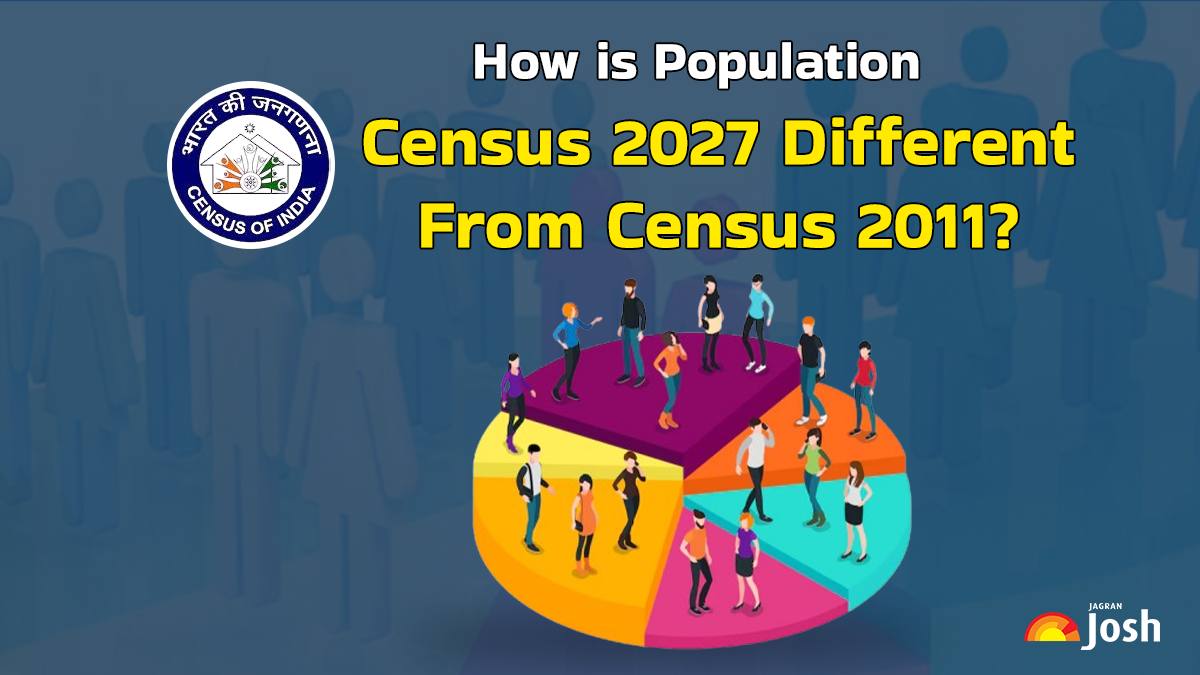What Questions will be Included in the Population Census 2027?
In 2018, the RGI created comprehensive questionnaires for both Census stages. In 2019, an enumeration test was carried out. According to sources, the 2027 questionnaire would essentially be the same, but caste enumeration will be added.
In order to gather comprehensive demographic, social, and economic data, the house-listing operation will employ 34 columns, whereas the population enumeration will use 28 columns.
India will conduct its first digital census in 2027, utilizing online self-enumeration, mobile apps, and near-real-time monitoring. Additionally, it is the first to gather caste data for every community since 1931.
Enumerators, tasked with conducting the census would use cellphones or portable devices that already had the Census app installed. According to sources, all enumerators are expected to use the digital media because cellphones are increasingly commonplace and the compensation for digital censuses is better, even if a dual system that includes paper enumeration is planned. It is anticipated that this digitization will speed up processing, lower errors, and allow for stricter quality control.
Participate in Population Census 2027 via Mobile
In a notable move from 2011, the 2027 Census proposes to allow self-enumeration for the first time, where families can go into a government online or use an app to fill out their own details. The system will create a unique ID after self-enumeration is complete. When a census enumerator visits a home, those who have self-enumerated just need to show this identification.
Mobile Apps, Geotagging Tools Used in Population Census 2027
The digital infrastructure necessary for this change has already been established by the Registrar General & Census Commissioner of India (RGI). Mobile apps, cloud-based data upload platforms, and geotagging tools have all been taught to enumerators. Real-time dashboards are intended to monitor developments, highlight discrepancies, and provide updates. The Census Management and Monitoring System (CMMS) would enable prompt field issue supervision and resolution.
How is the Population Census 2027 Different?
Census 2027 will differ from Census 2011 in both approach and content.
Technology to be Used in Population Census 2027
In addition to enabling self-enumeration and being a digital procedure, Census 2027 will comprise:
-
GPS integration: In order to prevent coverage gaps, 2027 introduces GPS tagging of households and geofencing, whereas 2011 relied on paper maps and area lists.
-
Mobile tracking and validation: In 2027, enumerators will be able to make real-time repairs by receiving notifications for mistakes such as inconsistent age or unrealistic household size. In 2011, there were no such checks in place.
-
Coding System: To improve the accuracy and efficiency of data collecting for the 2027 Census, the Registrar General of India has implemented a new coding system. Previously, caste, occupation, and mother language data were entered by hand in the 2011 Census, which frequently resulted in misspellings and misunderstandings when the data was processed.
No Descriptive Questions in this Census
Additionally, some of the questions that were surveyed had descriptive answers. Data distribution was delayed because processing these descriptive answers required human interaction and occasionally took years for a few questions. Due to the enumerators' varied opinions, there was also a chance of data bias and inaccuracies.
In order to address this, the 2027 Census will employ a digital approach in which enumerators will use a mobile app to choose options from pre-loaded lists, known as code directories, which include distinct codes for potential answers. These lists include standardized codes for various languages, occupations, birthplaces, Scheduled Castes and Tribes, and other categories.
With this method, enumerators will just have to choose items from picklists or standardized drop-down menus. This ensured that entries were consistent throughout the nation and that computers could process them rapidly. It is a significant step in modernizing the census and lowering human entry errors.
